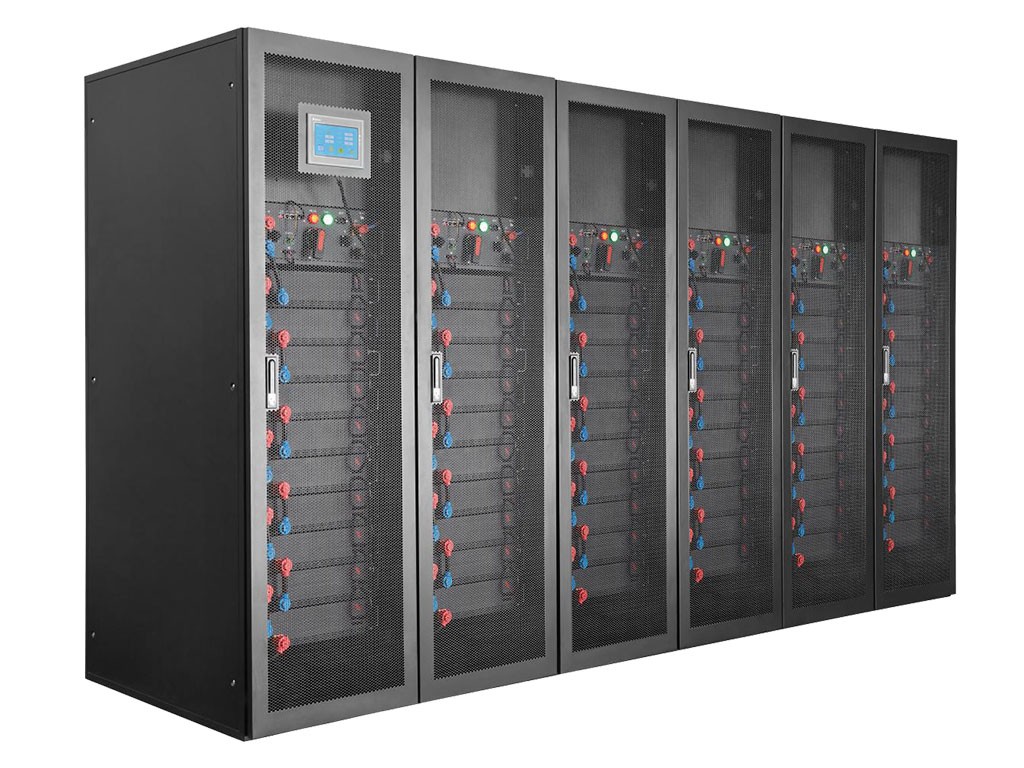The move enables data centres and other mission-critical sites to capitalise on the many advantages of lithium-ion (li-ion) cells whilst also encouraging them to play a role in the ongoing energy transition.
Lithium-ion battery versions are now available across much of the Riello UPS product range, including its award-winning modular UPS Multi Power, super-efficient NextEnergy, and high-performing Master series.
The new solutions incorporate a wide range of runtime options (short, medium, and long autonomy) along with a sophisticated Battery Management System (BMS) that monitors and controls each individual cell using electronic circuits to maintain balanced states of charge.
Compared to the sealed lead-acid (SLA) batteries typically used in UPS systems, lithium-ion cells have a much better power to weight ratio and far higher power density, meaning they can deliver the same power in 50-75% less footprint and weight. They also have a much quicker recharge/discharge time and offer around 50 times the cycle life.
In addition, li-ion batteries have a better tolerance to higher temperatures, meaning they can safely operate in environments up to 40oC compared to the recommended 20-25oC for SLA. This can significantly reduce expensive air conditioning or even eliminate the need for a standalone battery room.
While li-ion batteries have a lifespan of 15-20 years, SLA cells would probably need replacing two or three times during the same period. This equates to total cost of ownership (TCO) savings of between 10-40% over the course of a decade.
Leo Craig, Managing Director of Riello UPS, commented: “With their combination of long lifespan, reduced footprint, higher temperature tolerance, and real-time monitoring for enhanced reliability, lithium-ion solutions are fast-becoming an increasingly viable option across a variety of settings.
“They also transform a UPS from a purely reactive machine waiting to provide emergency power when there’s an outage into a dynamic device that can help balance the electricity grid in real time through peak shaving and mechanisms like frequency response.
“Their rapid charge/discharge and high number of cycles also make them an ideal solution for storing energy generated from renewable sources such as wind turbines or solar panels.”




